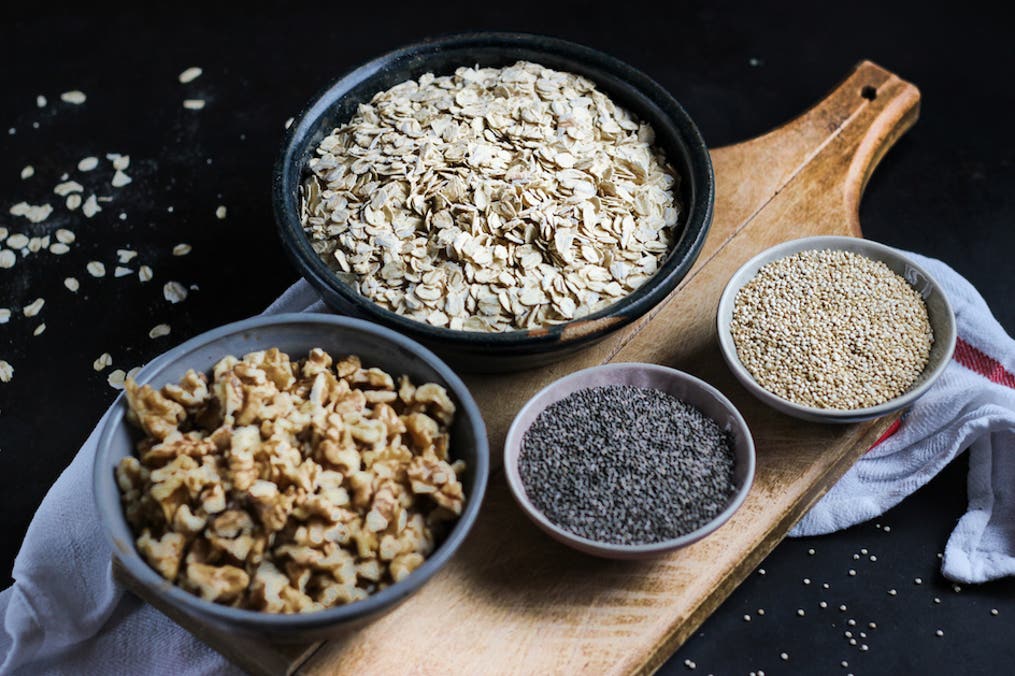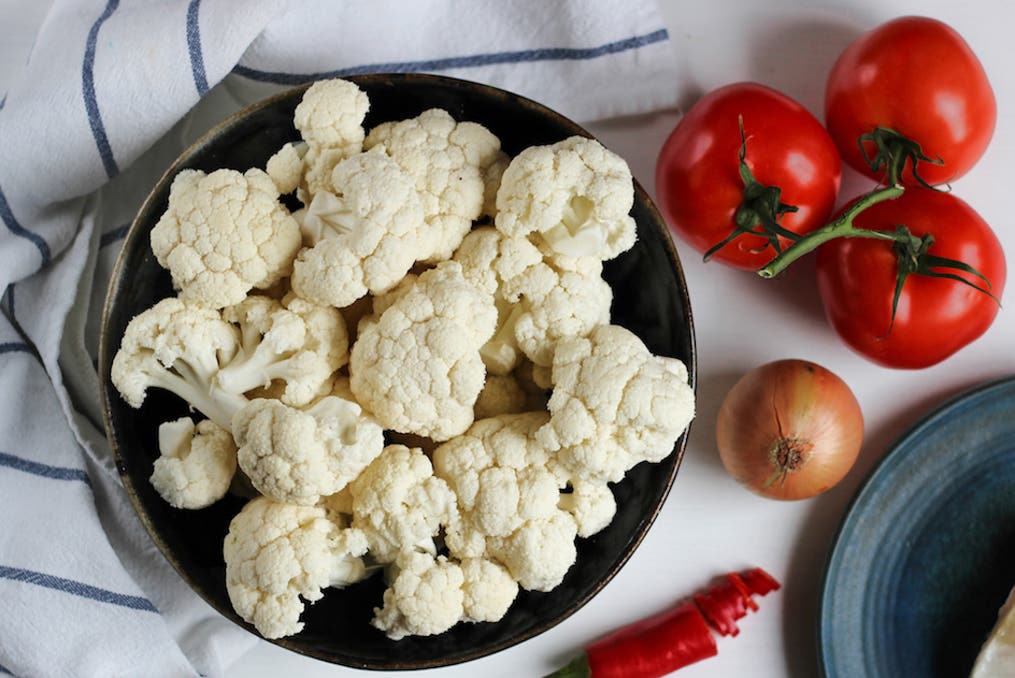If you're regularly grabbing meals on the go, healthy eating can sometimes get challenging.
We've all been there; putting thought and effort into grocery shopping and planning your recipes for the week, but realizing too late that you don’t actually have a set of scales to measure the correct portion sizes. So much for winning at healthy eating. But do you admit defeat and just order takeout? Never! We’ve put together some tips on how to create a healthy plate where the only measuring tool you need is your own hand.
Protein in the palm of your hand
Proteins are the building blocks of our body, the substance required to build and maintain muscle mass and the drivers of muscle regeneration. The ideal portion size of protein per meal should be about the size of the palm of your hand when your fingers are stretched.
No time for cooking? Not an excuse! A lot of healthy protein sources such as hard-boiled eggs, smoked salmon, cottage cheese, feta, tofu or canned tuna are available in the supermarket and don’t require any preparation. Just put a portion of these on your plate and you’re good to go.
A handful of fuel: complex carbs

Carbs are good. At least if you eat the right ones and keep the portion small. Go for complex carbs as they are found in whole-grain products, quinoa, brown rice or oats, and put a handful (the palm of your hands with your fingers crooked) of them onto your plate.
Need breakfast on the go? Try overnight oats and mix them with low fat curd and fruits in the morning. When it comes to a quick, healthy lunch, rice and quinoa are often sold microwave ready and therefore only need a couple of minutes. As well as whole-grain pasta, they can also perfectly be prepared at home and just heated up when needed.
Rule of thumb: healthy fats
Fats are high in energy and essential for your body. Your thumb is about the right measure for a portion of coconut oil, olive oil or other healthy fats. Use them as dressing for your bowl or to fry your meat or veggies.
No dressing needed and no need to fry? Nuts and seeds are also full of healthy fats and can be used to add a finishing touch to your meal.
Make it colourful: fruit & veggies

There’s no such thing as good and bad fruit, so go ahead and help yourself! Ideally, you should choose a portion size that is as big as your clenched fist and use a colourful mix of different fruits and veggies since their different colours stand for different vitamins, trace elements and minerals.
Cooked, grilled, baked or raw - fruits and veggies can be prepared in many ways to top up your meal. Our tip: try to add some variety, go for seasonal local produce and give less common veggies and fruits such as fennel, khaki or pak choi a try as well.
Let's recap:
With these easy guidelines, you can be sure that you’re getting the right amount of nutrients for your body. Whilst one serving of this size is generally enough for women, men should take slightly more than the amount specified above. Now it’s over to you; follow this advice to create healthy, nutritious and, most importantly, tasty meals.